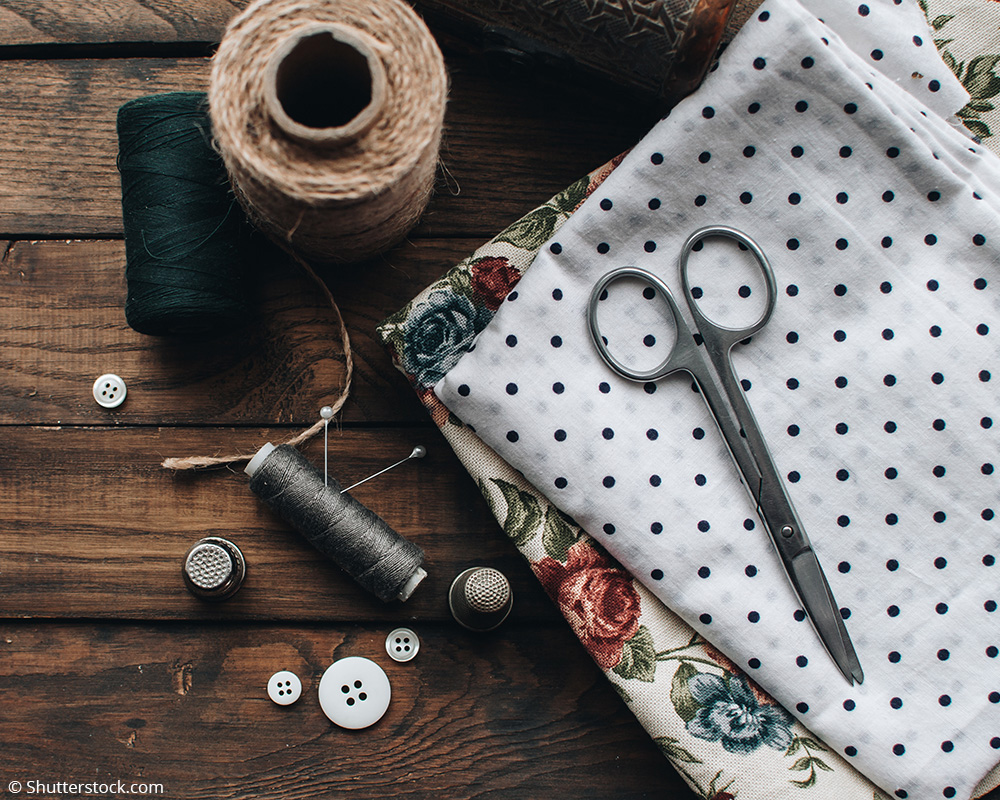Slow down your wardrobe
Slow fashion trend: 5 tips for making your wardrobe more sustainable
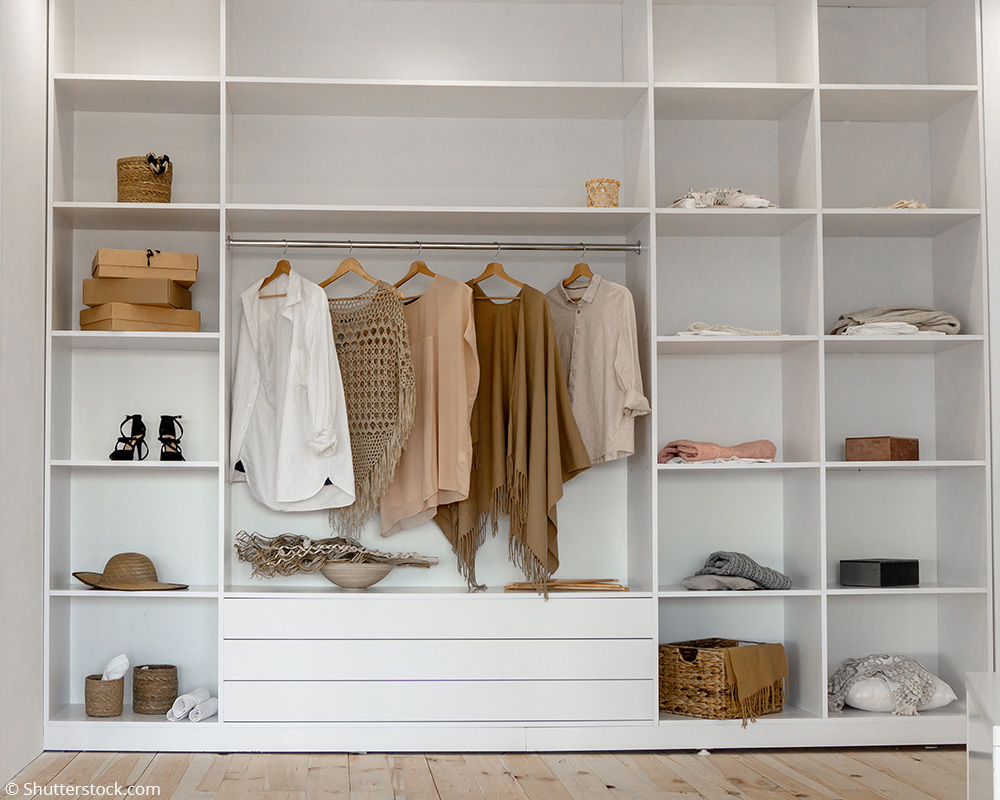

There´s no planet B! Fundamentally, everyone knows that our planet’s resources are finite. Everyone can also play their part in ensuring that our world remains liveable and loveable in the future, for us and for future generations. Thinking about sustainability shouldn’t stop when it comes to how you shop. It’s all about “slow fashion”. That means using sustainable materials, but also much more. It’s about resource-friendly production and fair treatment of people, animals and nature. As a family-run company, it is important for us to think about future generations as well. That’s why we produce our shoes in Europe, and only use carefully selected premium materials.
Obviously, we love fashion and we like trying out new trends. The good news is that sustainable consumption really isn’t difficult and doesn’t mean you have to stop enjoying fashion. Quite the contrary! An increasing number of manufacturers – ourselves included - are proving how stylish sustainability can be. Anyone who follows our 5 tips for shopping more sustainably will not only benefit from having a more manageable wardrobe, they’ll also be able to wear their favourite pieces knowing that they have helped nature and the environment while they were shopping.
1. Focus on sustainably produced fashion
Green fashion is in! Consumers and manufacturers are becoming increasingly aware of sustainability when it comes to clothing and accessory production. Sustainable fashion, where neither people nor the environment have been exploited, is now in demand. Anyone who wants to make their wardrobe more sustainable needs to make sure that materials are from organic sources, that production is resource friendly and uses no toxic chemicals, and that fair working conditions with no child labour are a matter of course.
The materials in our collections are certified up to 100 percent with the Gold rating of the LWG (Leather Working Group) - an initiative that works to optimize environmental management in the leather industry and stands for pollutant-free processing with the lowest possible energy and water consumption. For us, the pursuit of sustainability is a never-ending process. We are always on the lookout for innovative materials made from renewable fibers. Our collections include, for example, sneakers with laces made from Tencel or EVA-WALKeco soles that are made from up to 30 percent recycled materials.
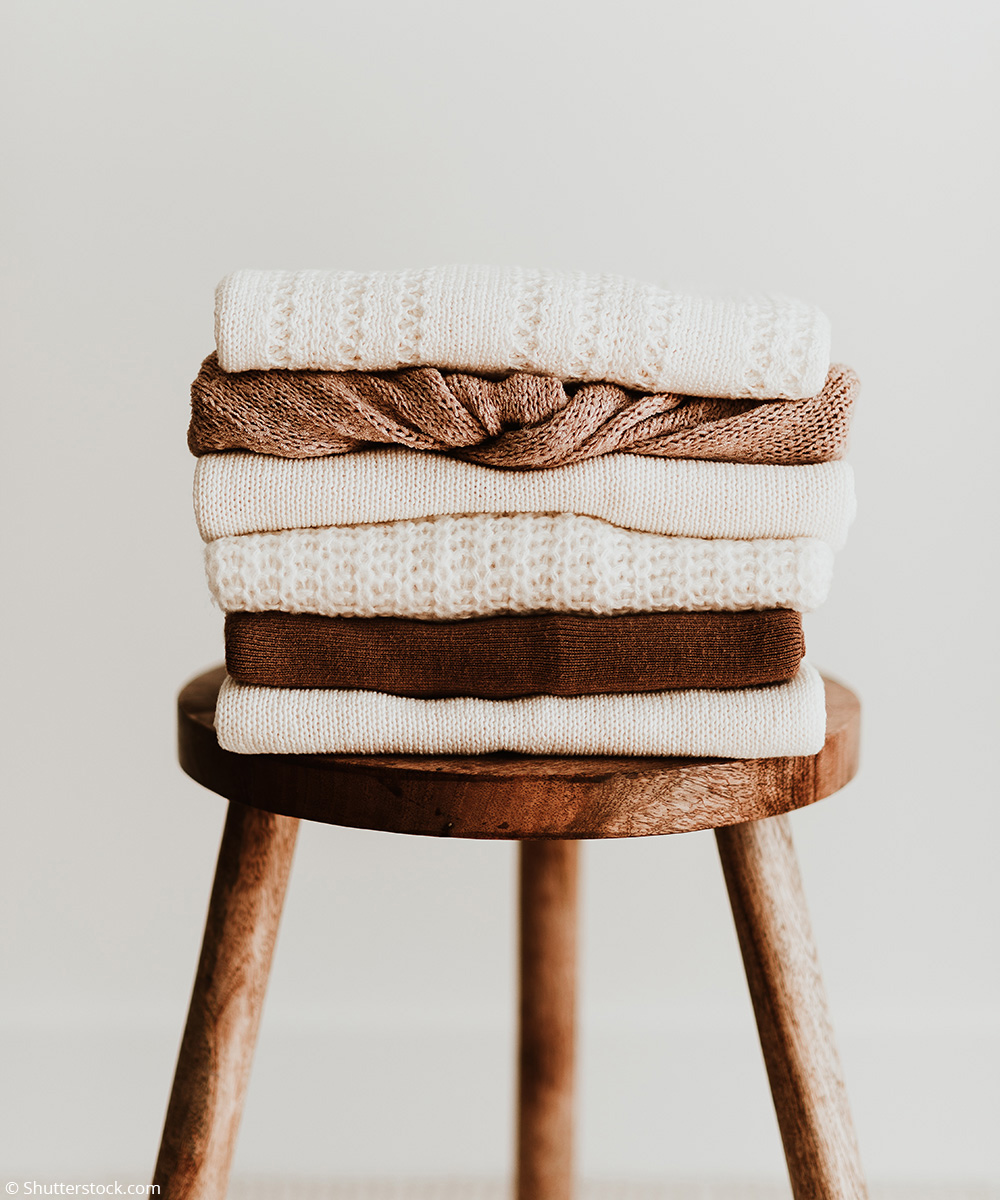



Ultralight FUTURE sneaker with laces made of Tencel
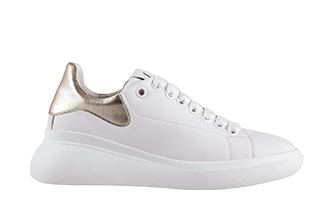

WAVE sneaker with eco-friendly EVA sole made from 30% recycled material
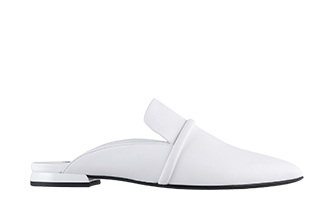

SENSE mule made from the finest certified lambskin


2. Invest in quality rather than quantity
Invest in a few high-quality items of clothing that you can enjoy for a long time instead of buying lots of poorer-quality products. So-called “fast fashion” that ends up in a clothes recycling bin after being worn three times just because someone doesn’t like it anymore, or because the quality leaves something to be desired, not only creates tons of waste, it also leads to a constant cycle of overproduction. According to Greenpeace, every adult owns 95 items of clothing. Around 60 are added to that every year, a large proportion of which are hardly ever worn. The slow fashion movement, a minimalist trend that is increasingly finding its way into our wardrobes, aims to counter this.
Our tip for having a more manageable wardrobe and making fewer bad purchases is to put together your own capsule wardrobe. This concept entails reducing the contents of your wardrobe down to 37 high-quality items of clothing per season that suit your lifestyle and can be mixed and matched with each other. Impulse buys then become a thing of the past and instead you invest in timeless products that you love and that you’ll enjoy for a long time. A nice bonus is that you are not only doing something to tackle overproduction in the fashion industry, you can also develop your own personal style and you’ll save time in the morning choosing your outfit by having a more manageable selection of favourite pieces.
For us, the high level of quality and craftsmanship in our shoes is key. The longer lasting and more comfortable a shoe is, the more sustainable it is. Our collection focusses on timeless designs that constantly reinvent the wow factor, and offer impressively long-lasting quality.


The CARE ballerina’s minimalist monochrome look goes well with jeans, but also with a more elegant style.
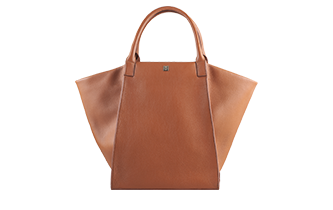

The IDA shopper has a feminine retro look and offers plenty of space for your essentials. The option to fold in the sides also means that it can be adapted to suit your look.


The woven detail on the heel of our BLADE sneaker will give any basic look a stylish upgrade.
3. Buy vintage fashion
Vintage fashion is more hip than ever! If we want to be more sustainable when it comes to our clothes, then we need to learn to appreciate old things again instead of just throwing them away. Anyone who enjoys browsing through old magazines or watching old films will realise that trends come, go and come back again! Who wouldn’t now love Julia Roberts’ look from Notting Hill that wowed everyone on the screen back in 1999? Today more than ever, the response to her leather blazer, cat’s-eye sunglasses and mom jeans would be “I want that look!” Treasures like these can be found in vintage shops, which are now in almost every major city. There are also a variety of shops online where you can buy, sell or exchange pre-owned clothes.
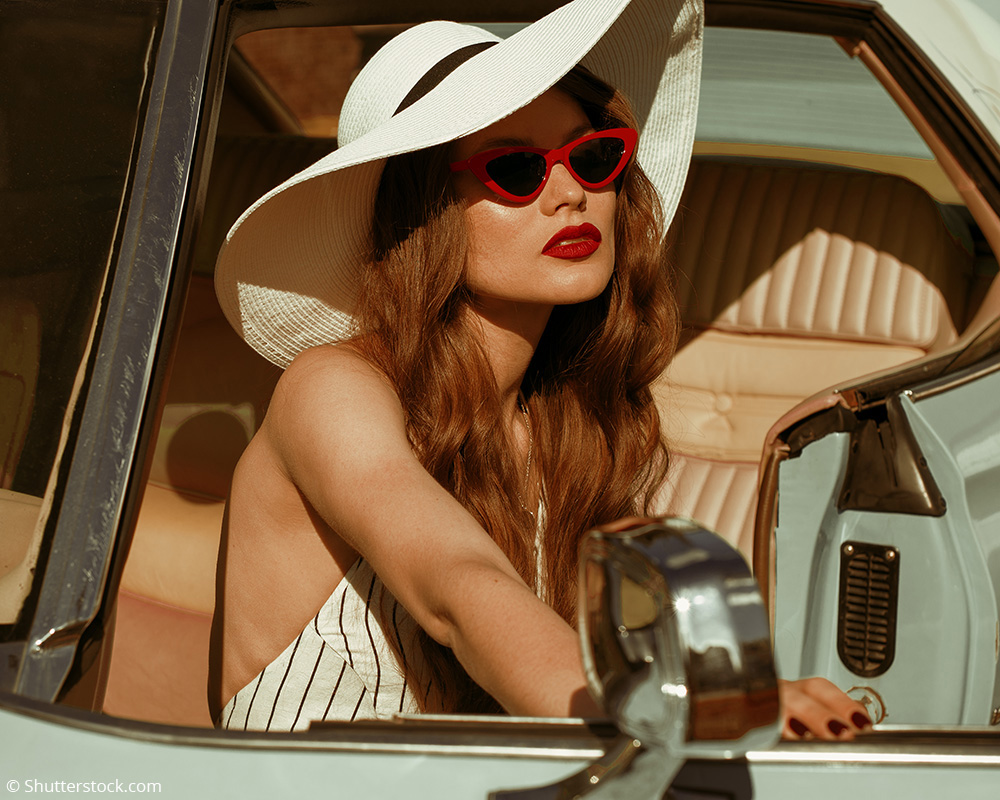

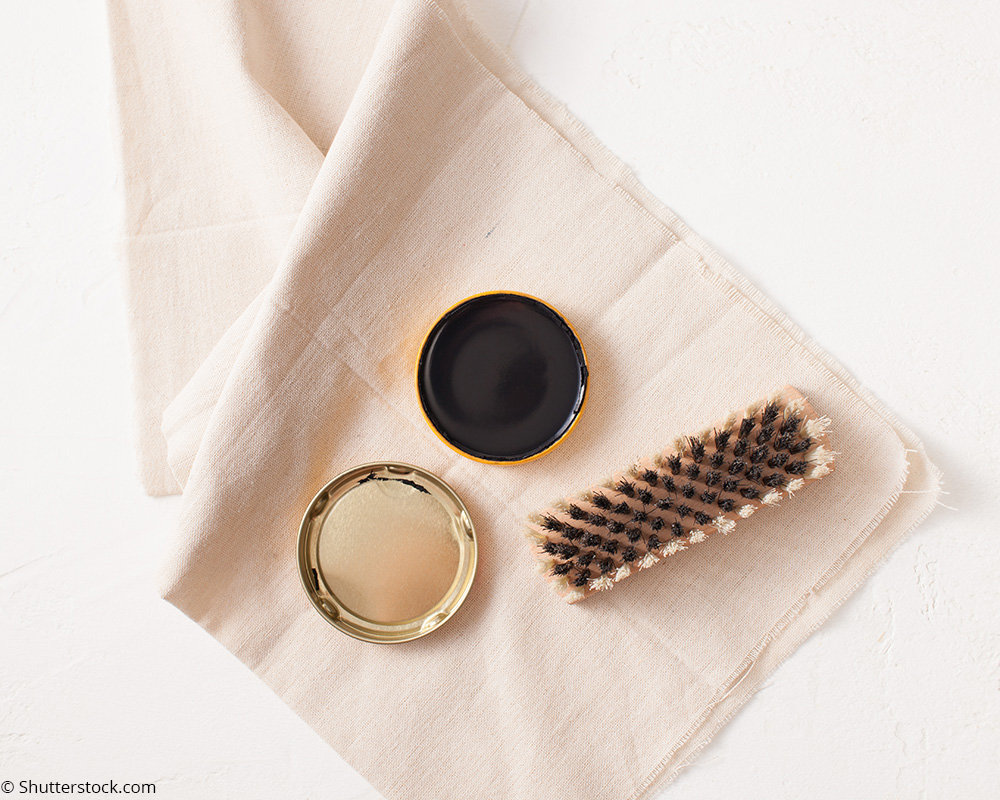

4. Cherish and look after your favourite items
Our favourite items of clothing deserve to be treated with love and respect. It will help them last longer which also, in turn, saves resources. A sustainable approach to your own clothes starts with storing them properly in your wardrobe. That includes protecting against moths, for example. Lovers of natural materials like silk and wool in particular should ensure that their wardrobes and drawers are moth-proof. If you’re not a fan of moth balls, which often have a strong smell, you can use alternatives like an odourless, biodegradable, water-based spray.
You can also extend the life of your clothes by hanging them up correctly. Never use wire hangers! They can badly stretch the neck and shoulder area of your clothes. Wool and heavy clothing should generally be stored flat.
As well as storing your favourite items properly in your wardrobe, appropriate cleaning and care is also essential. Generally speaking, clothing loses some of its quality every time it is washed, so always consider whether a wash is really necessary or if airing will suffice.
Your leather shoes and bags also want to be cherished and cared for. As most types of leather are particularly sensitive to moisture, we recommend waterproofing them before wearing them for the first time. This should then be repeated every six to eight weeks to keep your favourite items protected against dirt and moisture.


Raw leather should be waterproofed, dried and brushed before being worn for the first time. The open-pored material should then be treated with a suitable care product every six weeks.
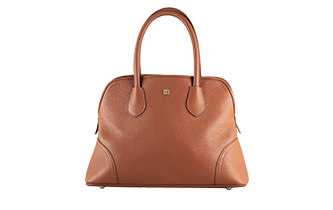

Leather bags should also be waterproofed to protect them against dirt and moisture. Light marks can then just be wiped away with a cloth and some distilled water. Once dried, use an appropriate care lotion.
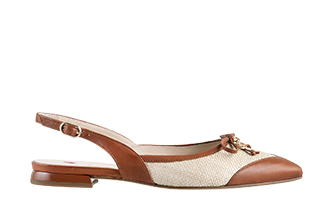

Care also needs to be adapted to suit mixed materials. There are special products available for raffia and canvas. We recommend the organic Bamboo Lotion by Collonil for cleaning. This can be purchased in our stores.
5. Upcycling
Fashion is not a disposable commodity – there are numerous processes and valuable resources behind every item of clothing. Your favourite jeans that fit you perfectly don’t need to be thrown away as soon as a tear appears in them. Damaged clothes can often be repaired quite easily. Let’s be honest, we often decide to buy something new even though a repair would be cheaper! Repairing would also save the emissions, waste and water involved in producing a new product. Tailors who will mend holes, sew buttons back on and shorten or lengthen items of clothing are usually easy to find. Equally, a worn sole or a hole in a shoe can normally be repaired quite easily by a cobbler.
If you decide one day that you really don’t like your clothes anymore, then get creative and become a designer yourself! The upcycling trend means you can turn your old, discarded clothes into a new and unique favourite piece. For example, that bright green jacket that was once so trendy could simply be dyed black. You will find loads of other ideas on handicraft blogs, for example.
